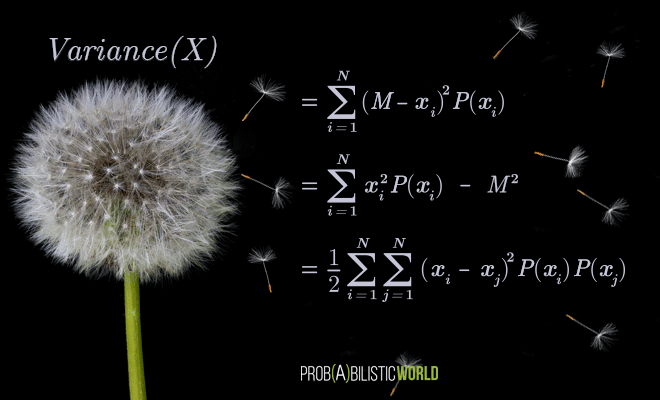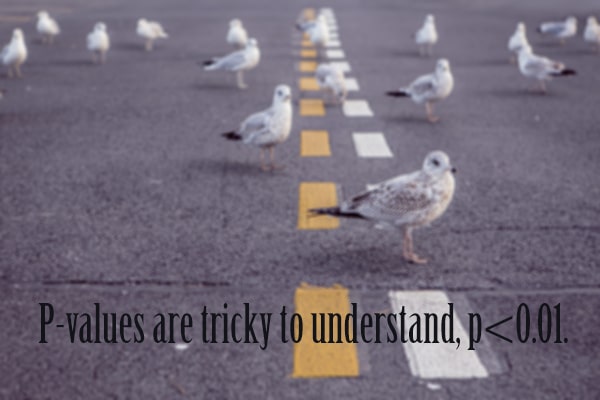
In today’s post I want to show you two alternative variance formulas to the main formula you’re used to seeing (both on this website and in other introductory texts).
Not only do these alternative formulas come in handy for the derivation of certain proofs and identities involving variance, they also further enrich our intuitive understanding of variance as a measure of dispersion for a finite population or a probability distribution.
[Read more…] A few posts ago I introduced you to the “three M’s” of statistics — the concepts of
A few posts ago I introduced you to the “three M’s” of statistics — the concepts of 

 Throughout history, we have come up with better and more accurate ways to measure physical quantities like time, length, mass, and temperature. This has been crucial for our scientific and technological development.
Throughout history, we have come up with better and more accurate ways to measure physical quantities like time, length, mass, and temperature. This has been crucial for our scientific and technological development.